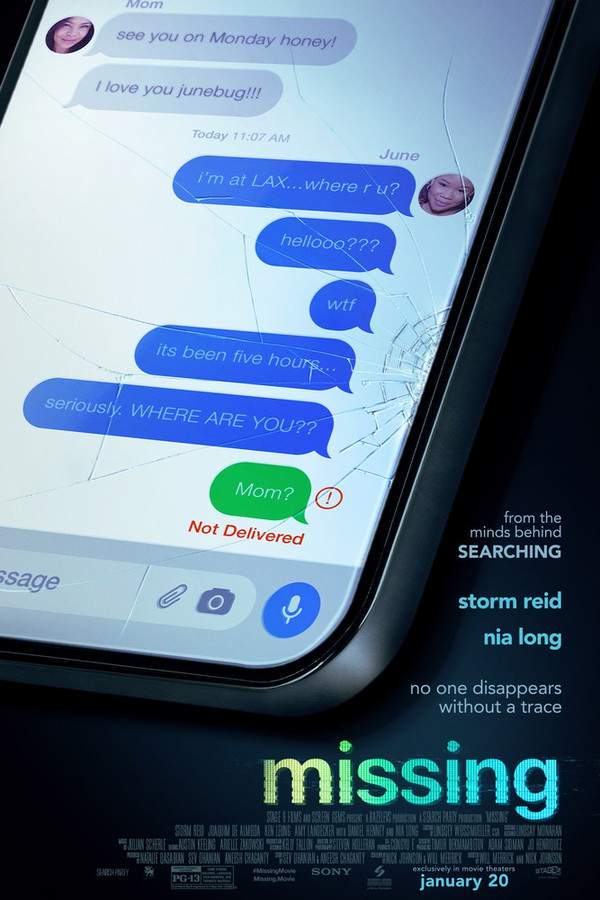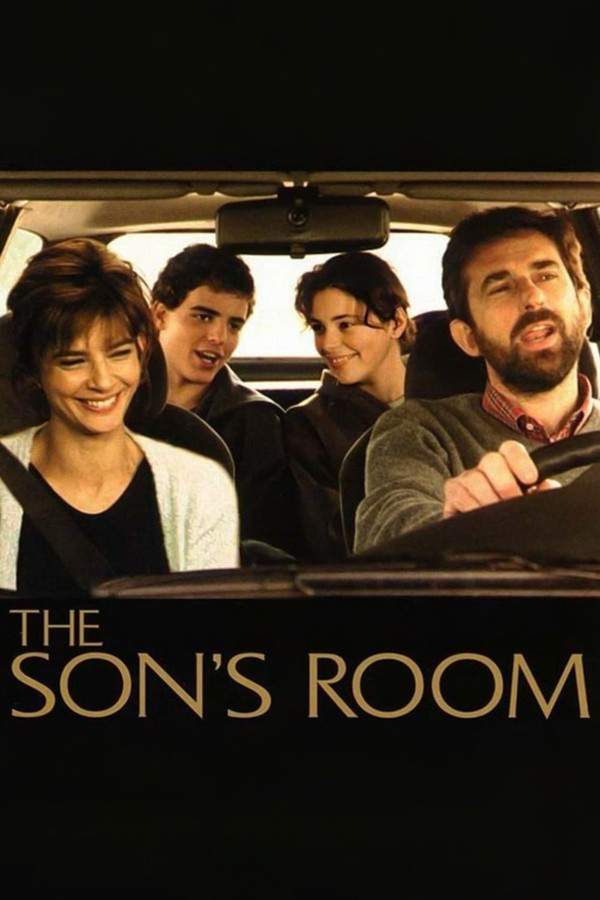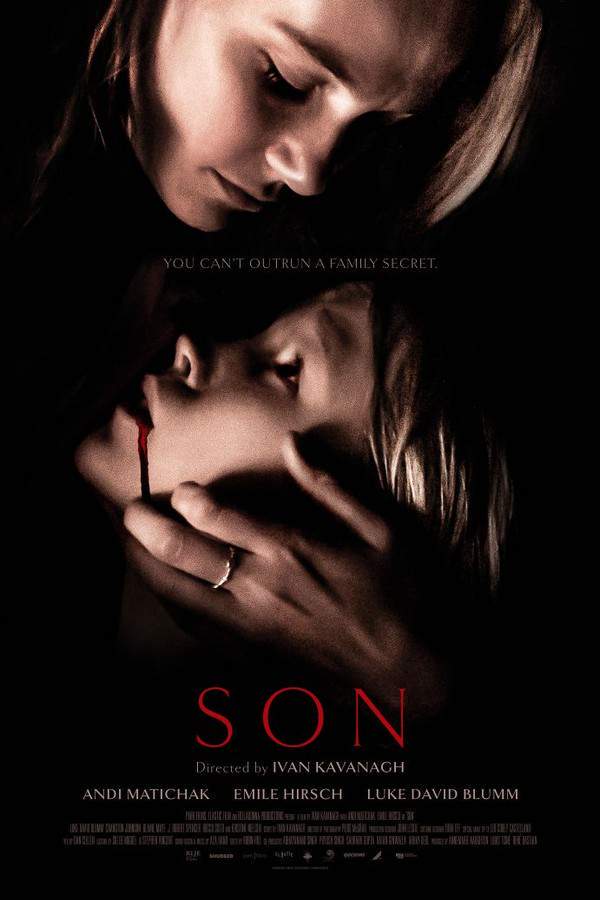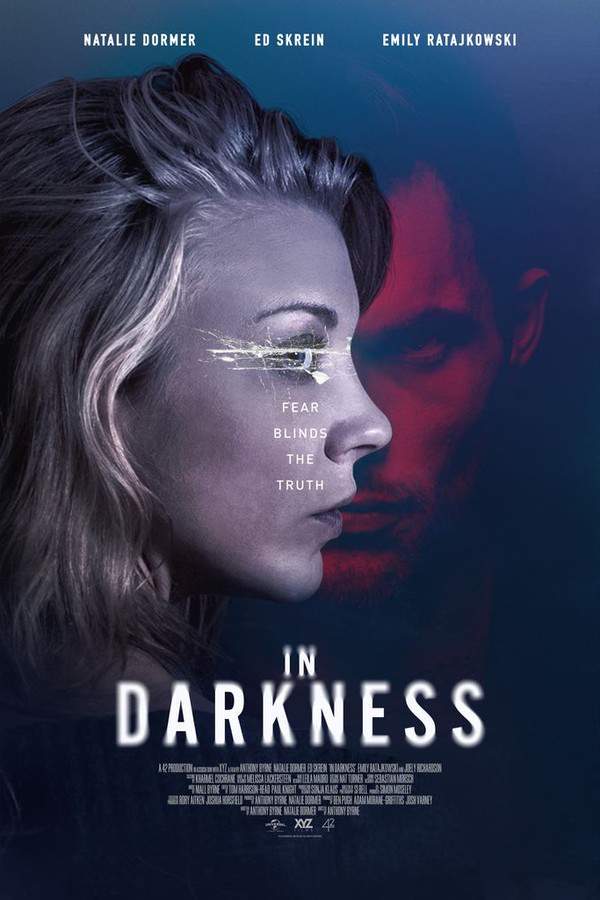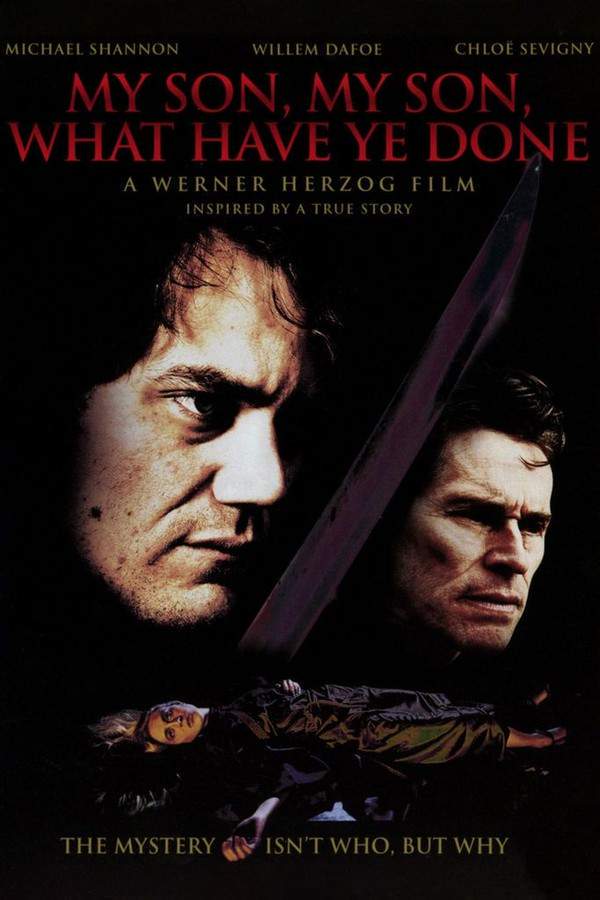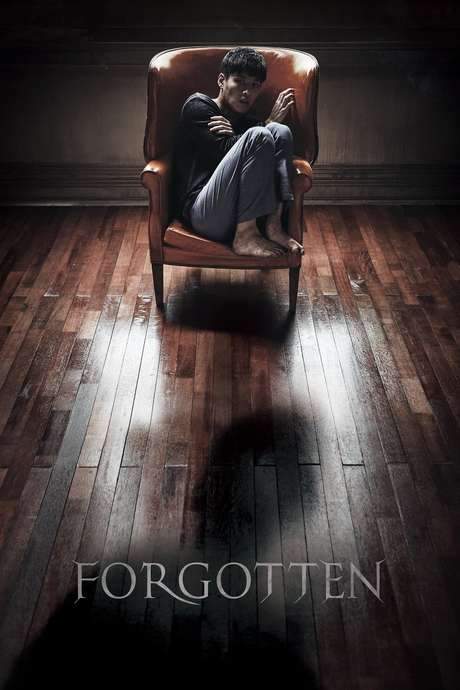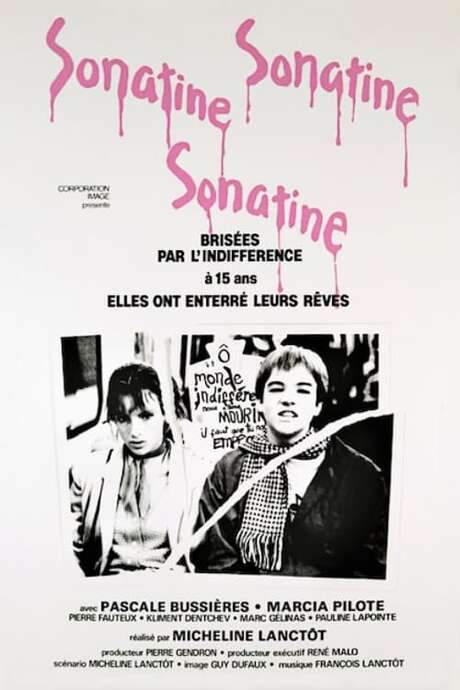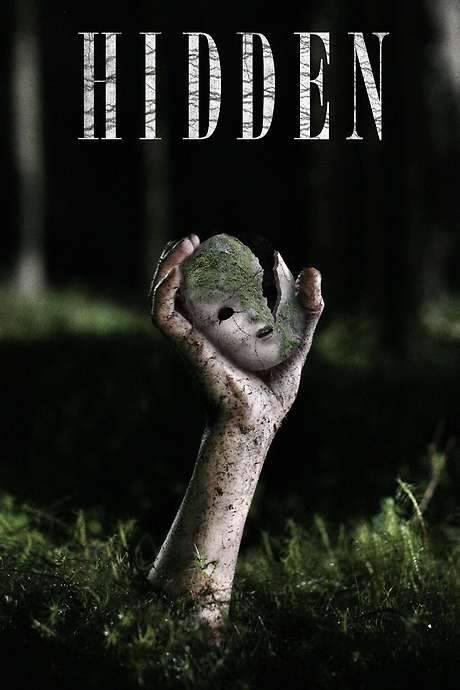The Sonata 2020
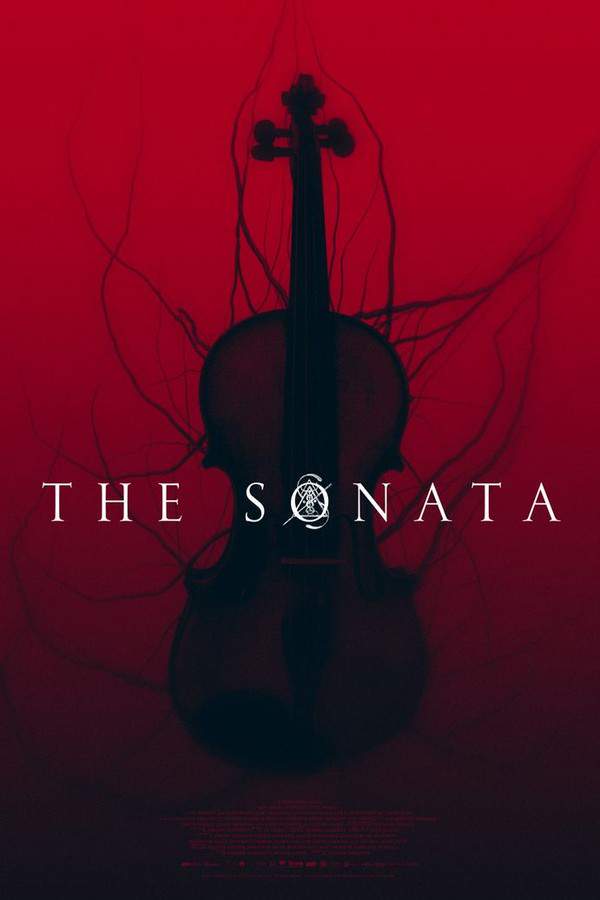
Following her father's death, a gifted pianist discovers a complex sonata among his possessions. As she unravels the piece, she uncovers a hidden inheritance and a web of cryptic clues suggesting a dark family secret. The music leads her on a perilous journey, revealing a sinister legacy and an unsettling curse that puts her own life in danger.
Does The Sonata have end credit scenes?
No!
The Sonata does not have end credit scenes. You can leave when the credits roll.
Meet the Full Cast and Actors of The Sonata
Explore the complete cast of The Sonata, including both lead and supporting actors. Learn who plays each character, discover their past roles and achievements, and find out what makes this ensemble cast stand out in the world of film and television.
External Links and Streaming Options
Discover where to watch The Sonata online, including streaming platforms, rental options, and official sources. Compare reviews, ratings, and in-depth movie information across sites like IMDb, Wikipedia, Rotten Tomatoes or Metacritic.
Ratings and Reviews for The Sonata
See how The Sonata is rated across major platforms like IMDb, Metacritic, and TMDb. Compare audience scores and critic reviews to understand where The Sonata stands among top-rated movies in its genre.

The Movie Echo Score
The Sonata delivers a compelling visual atmosphere but falters in narrative momentum and character depth. Numerous critics and audience members highlight the effective production design and immersive soundscape, yet they point to a sluggish pacing, a script rife with clichés, and characters that feel underdeveloped. The sensory strengths create tension but seldom translate into meaningful engagement. In net, the film offers moments of genuine intrigue weighed down by uneven execution, resulting in a moderately mixed impression.
The Movie Echo Score Breakdown for The Sonata

Art & Craft
In terms of art and craft, The Sonata consistently showcases strong production design and meticulous framing. The overcast skies, dimly lit chambers, and foggy forest create a haunting backdrop, and careful camera movement heightens suspense in key moments. While some find the stylistic identity less distinctive than comparable genre classics, the film’s visual approach remains a prominent asset.

Character & Emotion
When it comes to character and emotion, performances display notable energy but lack deeper development. The lead actress delivers a measured and committed portrayal, yet her character arc remains underexplored and archetypal in form. Supporting roles offer minimal nuance, contributing to a sense of emotional distance. In sum, the performances engage at a surface level without sustaining meaningful resonance.

Story & Flow
The story and flow in The Sonata struggle to maintain momentum, often feeling sluggish and disjointed. The premise of a haunted composition shows initial promise, but early pacing issues and contrived plot turns undermine tension. Critics cite numerous clichés and underused narrative potential, leading to confusion by the finale. Overall, the screenplay’s uneven structure hampers sustained engagement.

Sensory Experience
In terms of sensory experience, The Sonata excels in its auditory and atmospheric elements. The string-driven score delivers tense crescendos, and sound design amplifies every creak and whisper with clarity. Visual contrasts between murky exteriors and shadowy interiors reinforce a brooding mood. These immersive sensory details create an effective spine-tingling ambience that stands out as one of the film’s most compelling facets.

Rewatch Factor
When evaluating rewatch factor, The Sonata shows limited lasting appeal due to its uneven narrative. The strong visual and audio design provides initial interest, but pacing lulls and ambiguous resolutions diminish a desire for subsequent viewings. While some viewers may revisit for the score and atmosphere, the overall experience seldom rewards multiple watches. In summary, the film offers low to modest replay value.

41
Metascore
6.9
User Score


50%
TOMATOMETER

63%
User Score

5.3 /10
IMDb Rating
Take the Ultimate The Sonata Movie Quiz
Challenge your knowledge of The Sonata with this fun and interactive movie quiz. Test yourself on key plot points, iconic characters, hidden details, and memorable moments to see how well you really know the film.
The Sonata Quiz: Test your knowledge on the chilling and complex narrative of 'The Sonata' featuring secrets, music, and dark history.
Who is the estranged father of Rose Fisher?
Richard Marlowe
Charles Vernais
Sir Victor Ferdinand
James
Show hint
Full Plot Summary and Ending Explained for The Sonata
Read the complete plot summary of The Sonata, including all major events, twists, and the full ending explained in detail. Explore key characters, themes, hidden meanings, and everything you need to understand the story from beginning to end.
Violin virtuoso Rose Fisher and her agent Charles Vernais are thrown into turmoil when they uncover the tragic truth about Rose’s estranged father: he took his own life by setting himself ablaze. The revelation is even more shocking as they learn that Rose’s father was none other than Richard Marlowe, a once-renowned composer who became an eccentric recluse. Their already strained professional relationship hits a breaking point when Rose chooses to pause her commitments to visit her father’s remote French estate, which now belongs to her.
Upon arriving at Marlowe’s mansion, she encounters Thérèse, her father’s former housekeeper. While in town for cigarettes, Rose feels the weight of her father’s notorious legacy as the locals regard her with puzzled glances. Curiosity leads her to discover sheet music for an unfinished violin sonata hidden within her father’s desk, adorned with strange occult symbols. When she plays a portion of the music on the piano, a haunting figure temporarily manifests behind her.
In a moment of regret, Rose reaches out to Charles to mend their professional rift. She shares the details of the sonata and sends him images of the cryptic symbols for his insight. Drawn by an eerie presence and a childlike voice, Rose finds herself in the music room again, where she uncovers a clock marked with one of the sonata’s symbols. Recognizing the piece as Marlowe’s final creation, Charles seeks the expertise of former client and musical prodigy James. James notes that the music is disjointed in parts and, unable to decipher it further, guides Charles to Sir Victor Ferdinand, a music historian who once collaborated with Marlowe.
Investigating the symbols, Victor presents Charles with a book on occult history. He reveals that the strange signs are linked to a clandestine French society that believed music could open a portal to the devil, possibly even summoning the antichrist. However, the deeper they delve, the more Charles suffers from debilitating headaches whenever Victor plays the sonata.
While searching the mansion, Rose finds news clippings of her musical achievements that her father treasured. She also notices one of the occult symbols burned into the fireplace during a fire, leading to a series of nightmarish visions where her father, engulfed in flames, points towards a living statue of cherubs outside. Upon Charles’ return to the estate, he informs Rose that the symbols they uncovered each represent one of the four faces of evil: power, immortality, appearance, and duality, collectively forming a fifth, even darker emblem of the occult.
Rose shares her findings with Charles, revealing the symbols found on the clock and in the fireplace. Together, they attempt to reveal hidden musical notes by heating the sheet music, soon realizing the score needs to be played with the clock set an hour ahead. Following Rose’s suggestion, Charles seeks out Thérèse again, who recalls seeing another symbol behind a mirror. This leads him to theorize that the sonata should be played backward. Thérèse mentions that Marlowe often vanished into the woods, with the locals suspicious of his involvement in the disappearances of children.
As Rose explores the woods, she stumbles upon an old chapel leading to a chilling underground chamber. There, murals depict demonic motifs, alongside recordings of Marlowe capturing the screams of children. On her return, Rose encounters several ghostly children, which she relays to Charles. As his fixation on solving the sonata intensifies, Rose reveals the duality symbol associated with the cherub statue they saw outside, indicating that the sheet music must be layered over each other for clarity.
With the final symbol—the fifth—unveiled in a rose depicted on a portrait of Marlowe, Charles realizes that the score was written for Rose’s innocent soul, intricately composed from the anguished screams of kidnapped children. Horrified by the malevolent nature of the music, Rose attempts to destroy the pages and contact the authorities. However, consumed by obsession, Charles chokes Rose, compelling her to play the sinister sonata.
As she plays, her eyes gleam with an otherworldly light, and ghostly children appear. Tragedy strikes when a demonic entity manifests, claiming Charles’s life violently. The final note played shatters the windows, and the following day, Thérèse discovers Charles’s lifeless body.
Time passes, and at the prestigious Royal London Concert Hall, Victor witnesses an unsettling performance by Rose. As she begins to play the haunting sonata in front of an audience, her eyes exhibit the glow of possession, hinting that the dark legacy of her father’s music may not yet be finished.
Uncover the Details: Timeline, Characters, Themes, and Beyond!

Coming soon on iOS and Android
The Plot Explained Mobile App
From blockbusters to hidden gems — dive into movie stories anytime, anywhere. Save your favorites, discover plots faster, and never miss a twist again.
Sign up to be the first to know when we launch. Your email stays private — always.
Discover Film Music Concerts Near You – Live Orchestras Performing Iconic Movie Soundtracks
Immerse yourself in the magic of cinema with live orchestral performances of your favorite film scores. From sweeping Hollywood blockbusters and animated classics to epic fantasy soundtracks, our curated listings connect you to upcoming film music events worldwide.
Explore concert film screenings paired with full orchestra concerts, read detailed event information, and secure your tickets for unforgettable evenings celebrating legendary composers like John Williams, Hans Zimmer, and more.


The Sonata Themes and Keywords
Discover the central themes, ideas, and keywords that define the movie’s story, tone, and message. Analyze the film’s deeper meanings, genre influences, and recurring concepts.

Unlock the World of Movies with Our Comprehensive Wiki
Dive into our Movie Wiki for in-depth film encyclopedia entries, including cast biographies, production trivia, plot synopses, behind-the-scenes facts, and thematic analyses. Whether you’re researching iconic directors, exploring genre histories, or discovering hidden easter eggs, our expertly curated movie database has everything you need to fuel your cinematic passion.

Similar Movies To The Sonata You Should Know About
Browse a curated list of movies similar in genre, tone, characters, or story structure. Discover new titles like the one you're watching, perfect for fans of related plots, vibes, or cinematic styles.
Quick Links: Summary, Cast, Ratings, More

What's After the Movie?
Not sure whether to stay after the credits? Find out!
Explore Our Movie Platform
New Movie Releases (2025)
Famous Movie Actors
Top Film Production Studios
Movie Plot Summaries & Endings
Major Movie Awards & Winners
Best Concert Films & Music Documentaries
Movie Collections and Curated Lists
© 2025 What's After the Movie. All rights reserved.













